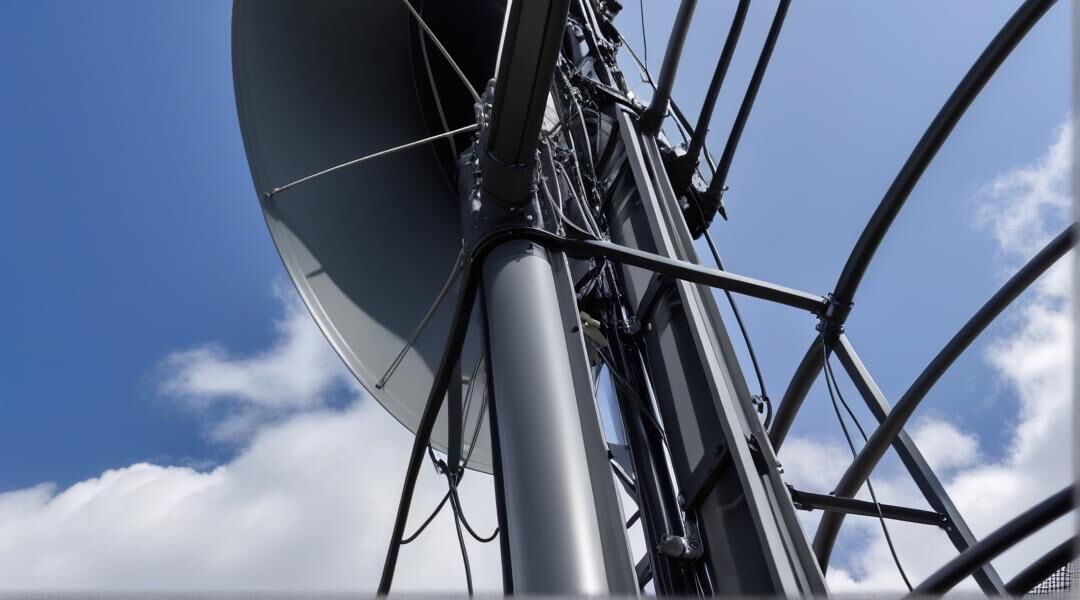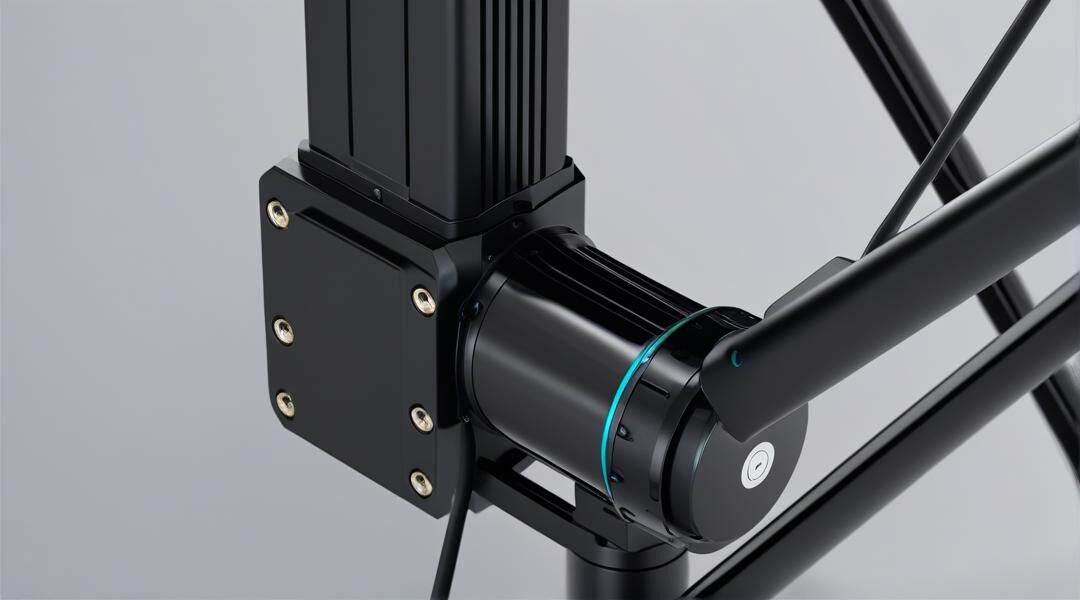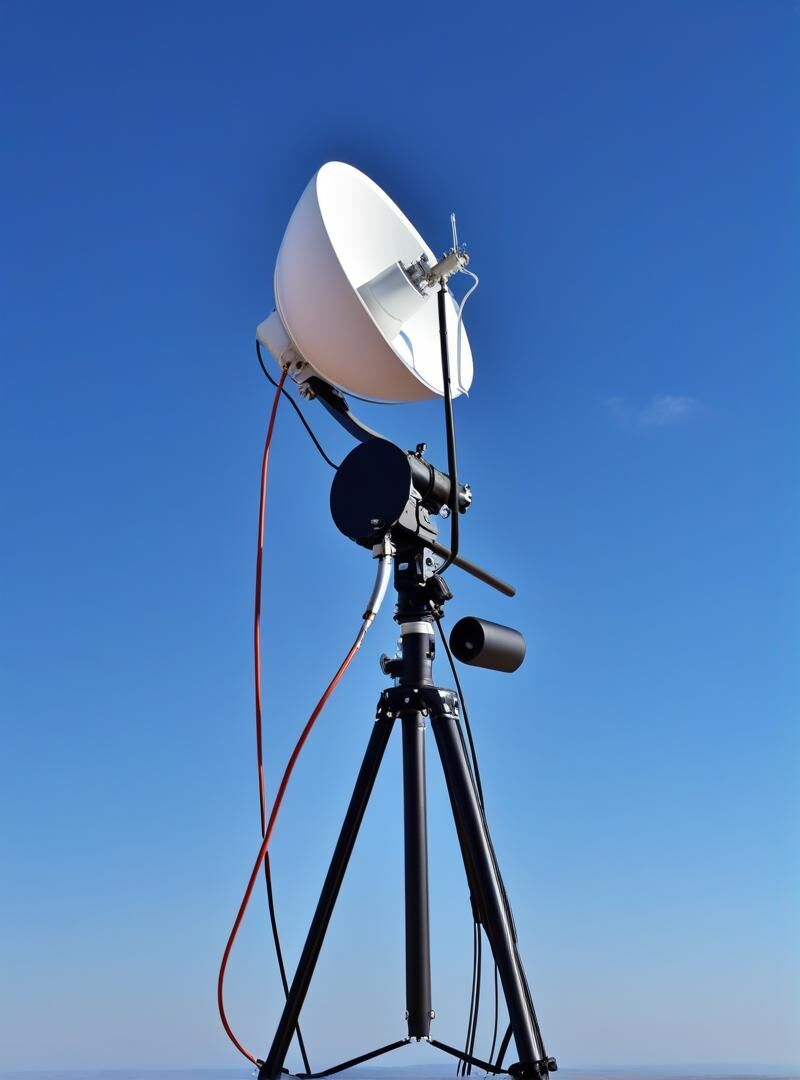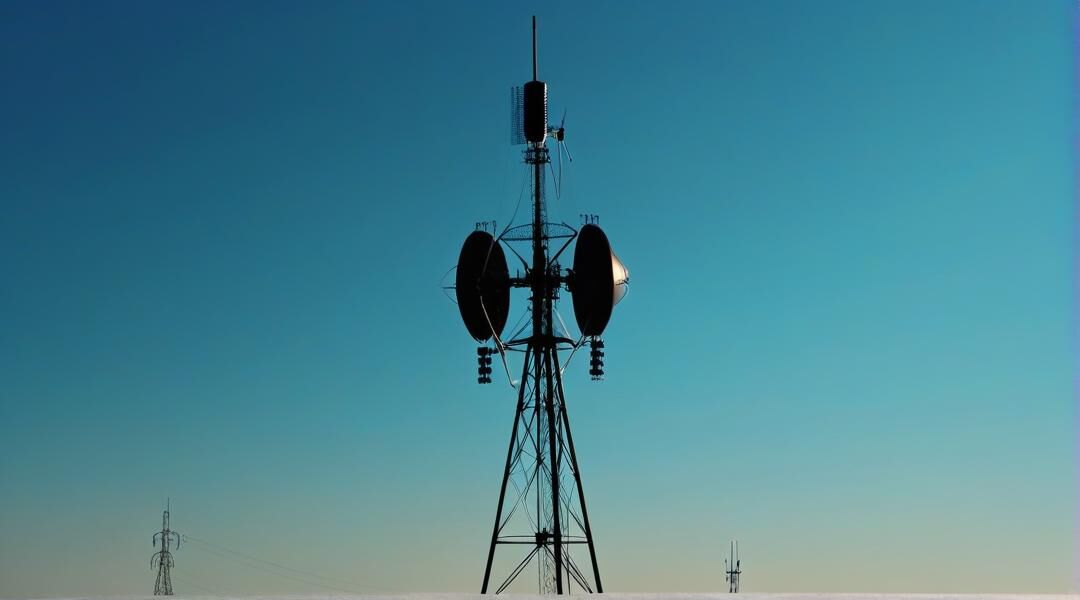Unlock the Power of NVIS: Revolutionizing Amateur Radio Communication
Understanding the NVIS Antenna
The Near Vertical Incidence Skywave (NVIS) antenna is a pivotal innovation in amateur radio communication, enabling reliable short-range communication by bouncing radio waves off the ionosphere. This technique is especially significant in areas with challenging terrain where traditional line-of-sight communication fails. NVIS antennas are essential for emergency communications, military operations, and remote area connectivity, offering a robust solution for amateur radio enthusiasts seeking to expand their communication capabilities.

Designing the NVIS Antenna
The NVIS antenna is designed to transmit radio waves at steep angles, ensuring they reflect off the ionosphere and return to Earth over short distances. This design typically involves horizontal wire antennas positioned close to the ground, enhancing the antenna’s ability to direct signals upwards. Key components include the radiating element, ground plane, and feed line, all meticulously arranged to optimize performance. The simplicity and effectiveness of the NVIS design make it an ideal choice for amateur radio operators looking to achieve reliable communication in diverse environments.



Understanding NVIS Functionality
How the NVIS Antenna Works
The Near Vertical Incidence Skywave (NVIS) antenna is designed to facilitate short-range communication by directing radio waves at a steep angle towards the ionosphere. This method allows the waves to be reflected back to Earth, covering a large area with reliable signal strength. The NVIS antenna operates effectively in the HF band, utilizing frequencies that are less affected by the ionospheric conditions, making it ideal for communication over mountainous or heavily forested terrain where line-of-sight communication is not feasible.

Advantages of the NVIS Antenna
The NVIS antenna offers several benefits for amateur radio enthusiasts, particularly in challenging environments.
Wide Area Coverage
By reflecting signals off the ionosphere, the NVIS antenna covers a broad area, making it perfect for regional communication without the need for repeaters.
Reliable in Varied Terrain
Unlike traditional antennas, the NVIS is not hindered by obstacles such as mountains or dense forests, ensuring consistent communication.
Ease of Setup
NVIS antennas are relatively simple to set up, requiring minimal equipment and space, which is ideal for field operations.
Cost-Effective Solution
With its simple design and minimal infrastructure requirements, the NVIS antenna is a cost-effective choice for amateur radio operators.
Technical Specifications of the NVIS Antenna
Antenna Dimensions
Length: 40 meters
Width: 10 meters
Height: Adjustable
Weight: 5 kg
Material: Aluminum alloy
Frequency Range
3 MHz to 10 MHz
Optimal Frequency: 5 MHz
Bandwidth: 500 kHz
Impedance: 50 Ohms
VSWR: Less than 1.5:1
Performance Metrics
Gain: 0 dBi
Radiation Pattern: Omnidirectional
Polarization: Horizontal
Power Handling: 100 Watts
Efficiency: 80%
Environmental Specifications
Temperature Range: -20°C to 50°C
Wind Resistance: Up to 100 km/h
Humidity: Up to 95%
UV Resistance: High
Corrosion Resistance: Yes
Installation Requirements
Mounting Height: 3 to 5 meters
Grounding: Required
Guy Wires: Optional
Tools Needed: Basic hand tools
Time to Install: Approximately 1 hour
Maintenance
Inspection Frequency: Annually
Cleaning: As needed
Parts Replacement: Minimal
Lubrication: Not required
Warranty: 2 years
Compliance
FCC: Part 97
CE: Yes
RoHS: Compliant
ISO: 9001 Certified
Environmental Standards: ISO 14001
Additional Features
Portable Design: Yes
Modular Components: Yes
Customizable: Yes
Compatible with Most Radios: Yes
Extended Warranty Options: Available
Practical Applications
Exploring NVIS Antenna Uses
The Near Vertical Incidence Skywave (NVIS) antenna is a versatile tool in the world of amateur radio, offering unique advantages for short-range communication. Its ability to facilitate reliable communication over mountainous terrain and dense forests makes it invaluable for emergency response teams and outdoor enthusiasts. Additionally, NVIS antennas are ideal for regional communication during field day events, where maintaining contact with nearby stations is crucial. This technology also proves beneficial in humanitarian missions, enabling seamless communication in areas where traditional line-of-sight methods fail. By understanding and utilizing NVIS antennas, amateur radio operators can enhance their communication capabilities significantly.
